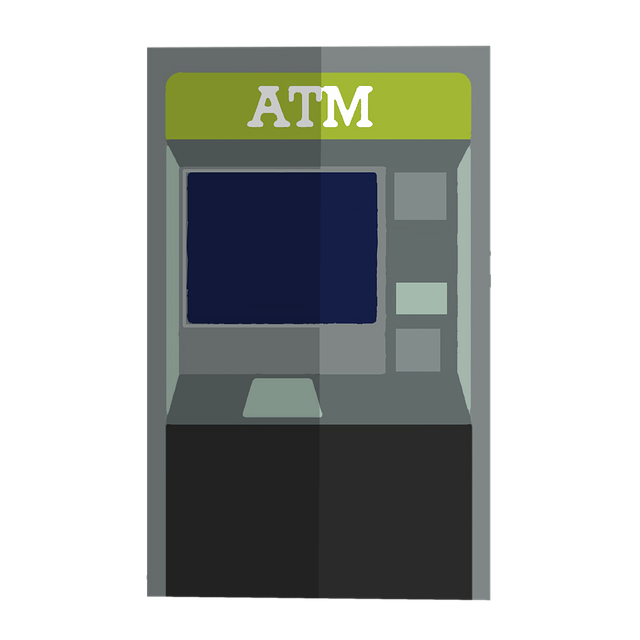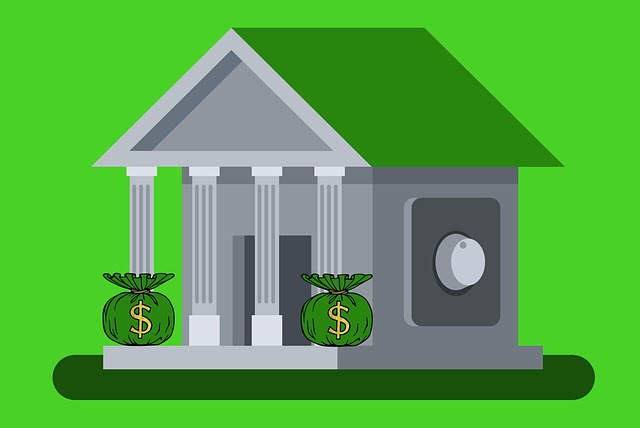Choosing the right lender for loans like mortgages or credit cards requires understanding interest rates, fee structures, and comparing quotes from multiple sources. Key factors include annual percentage rate (APR), loan terms, prepayment penalties, lender reputation, and aligning with your financial needs beyond just low rates. Market conditions and a lender's risk assessment also influence rates. A thorough comparison balances rate, terms, fees, and service to secure the best lending experience.
When considering a loan, comparing lender interest rates is crucial for saving money. This guide will help you navigate the process of understanding and evaluating interest rates, ensuring you make an informed decision when choosing the right lender. We’ll walk through the steps to compare effectively, uncover factors influencing rates, and highlight how these impact your financial commitment. By the end, you’ll be equipped to secure the best possible terms for your loan.
- Understanding Interest Rates: What You Need to Know
- Steps to Compare Lender Interest Rates Effectively
- Factors Influencing Lender Interest Rates and How They Affect You
Understanding Interest Rates: What You Need to Know

When considering a loan, understanding interest rates is paramount in your quest for the best financial fit. Interest rates determine how much you’ll pay beyond the principal amount borrowed, essentially the cost of borrowing money. They’re typically expressed as a percentage and can vary greatly between lenders. By grasping this concept, you gain a powerful tool to compare lenders effectively during your journey to Choosing the right lender.
Different types of loans, such as mortgages, personal loans, or credit cards, often have distinct interest rate structures. Variable rates fluctuate over time based on market conditions, while fixed rates remain constant throughout the loan term. Knowing these nuances allows you to anticipate potential cost savings or increases. Moreover, pay attention to any fees associated with the loan, like origination or prepayment penalties, as these can significantly impact your overall borrowing experience.
Steps to Compare Lender Interest Rates Effectively

To compare lender interest rates effectively, start by gathering quotes from multiple lenders. This involves researching online, reaching out to banks and credit unions, or consulting with a mortgage broker. Once you have these quotes, carefully review each one, paying close attention to the annual percentage rate (APR), which includes not just the interest rate but also any fees associated with the loan.
Next, consider the terms of the loan. Look at the length of the loan term, repayment options, and prepayment penalties if any. Additionally, assess the lender’s reputation by reading reviews and checking their track record for customer satisfaction. Remember that Choosing the right lender goes beyond just low interest rates; it’s about finding a financial institution that aligns with your needs and offers a secure lending experience.
Factors Influencing Lender Interest Rates and How They Affect You

When comparing lender interest rates, it’s crucial to understand that various factors play a significant role in determining these rates. These include the type of loan, your credit history and score, the amount borrowed, and the lender’s own financial goals and risk assessment. Additionally, market conditions, such as prevailing interest rate trends, economic forecasts, and competition among lenders, also influence interest rates.
Choosing the right lender involves not just comparing rates but also considering these factors. A lender offering a lower rate might not be the best choice if they have stringent approval criteria or hidden fees. Conversely, a slightly higher rate from a lender with flexible terms and better customer service could save you money in the long run. Thus, it’s essential to weigh these aspects carefully when selecting a lender for your loan needs.






